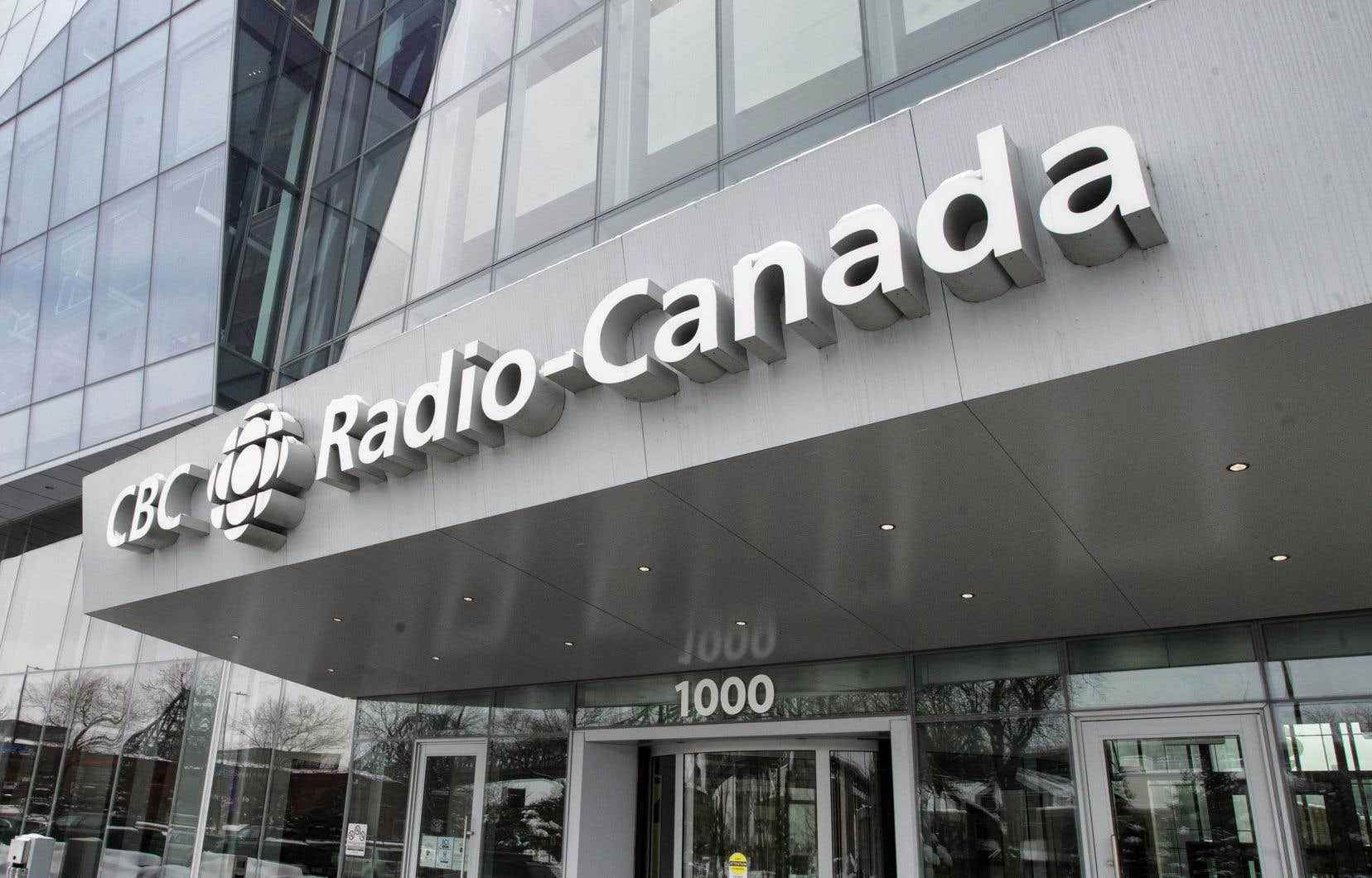Radio-Canada suggests that its hosts and journalists offer their apologies live in the event of an unexpected mention of the n-word, and announces that reruns of its programs will henceforth be purged of all offensive language that has no ” editorial rationale”.
That’s the verdict from the state-owned company, which quietly released its guidelines on offensive language on Friday. This document was ordered by a controversial ruling on the use of the n-word by the Canadian Radio-television and Telecommunications Commission (CRTC) in June, which instead used the term “offensive language”.
The four-page text explains that a “case-by-case” analysis must be made when considering, exceptionally, using “potentially offensive language” on the air. Context and editorial justification should be assessed, and management should be consulted “when in doubt”.
These guidelines apply immediately. They relate to any “abusive, degrading or unduly discriminatory, stereotypical or negative language” about “race, national or ethnic origin, colour, religion, age, sex, sexual orientation, marital status or physical or mental disability”.
Edit replays
The Société Radio-Canada (SRC) is also preparing to hear a forbidden word from the mouth of a guest. His protocol includes a live apology and an edit to the version of the show intended for rebroadcast.
In the event of “unexpected and unjustifiable dissemination of offensive language” by someone who is not [employé par] the SRC, like an interviewee, “the host or journalist acts in such a way as to reduce the risk that the guest will repeat the offensive remarks”, can we read.
The professional must then offer his apologies to the audience “if he deems it necessary in the context of the broadcast”. For the rest, unless there is an “editorial justification”, the disturbing passage must be deleted for the second life of the show, as in catch-up on the platforms on demand.
The public broadcaster relies on a code developed by the Canadian Association of Broadcasters to establish, for example, that it is permitted to make an “intellectual treatment” of these words, such as during university, artistic or journalistic broadcasts. The code in question also allows their use for comedy or satire, although the Radio-Canada guidelines do not mention it.
Caution
Listeners and viewers of the public media will ultimately be warned before they are exposed to potentially painful words to hear, but which the CBC has deemed appropriate to broadcast from coast to coast anyway.
“If it is decided that the broadcast of potentially offensive language is justifiable and necessary in a particular broadcast context, consideration should also be given to whether the addition of a caveat (notice to the audience) could mitigate the impact “, decided his bosses.
These new guidelines come “to clarify the internal decision-making process of CBC/Radio-Canada”, explained the spokesperson for Radio-Canada, Marc Pichette, in an email to the To have to. However, there is no question of going back to the Radio-Canada archives to modify the old broadcasts available for listening. Only November 2022 and subsequent issues will be retouched in accordance with this policy.
Radio-Canada added a warning when listening to columnist Simon Jodoin’s intervention on the show 15-18 of August 17, 2020, in which the title of the essay is repeatedly quoted white niggers of America, by Pierre Vallieres. “We want to advise you that the following segment contains a word that may offend some people,” warns an announcement.
On June 29, the CRTC reprimanded the CBC for having unduly offended its audience during this program. This decision raised an outcry from some employees of the public broadcaster, who finally apologized when appealing it. The CRTC had required a report of “internal measures and best practices in programming”, in a report intended to be accessible to the public. The SRC had obtained an extension of the deadline to last Friday.
Without announcing it in a press release, the Crown corporation did publish its new guidelines on the said day, among its other submissions to the CRTC in the “Regulatory Affairs” section of its website.
